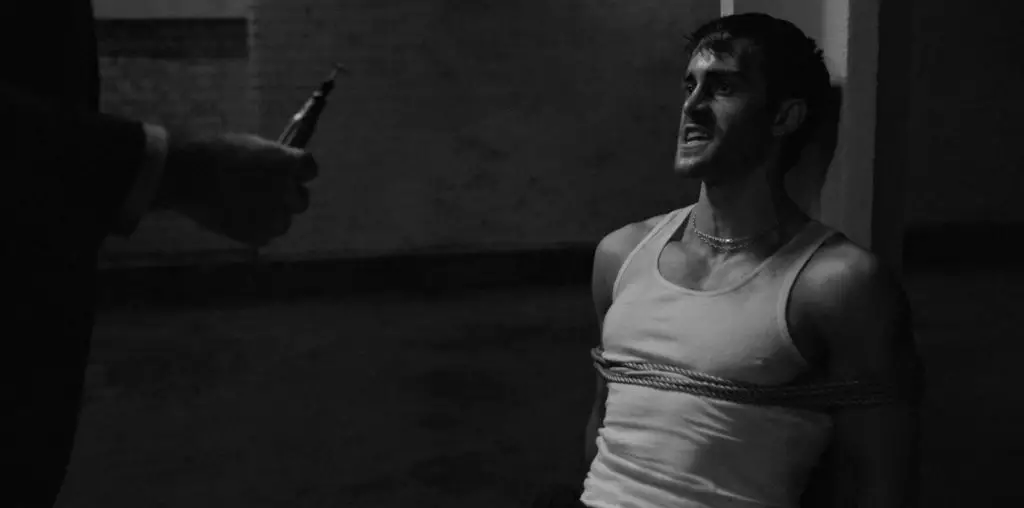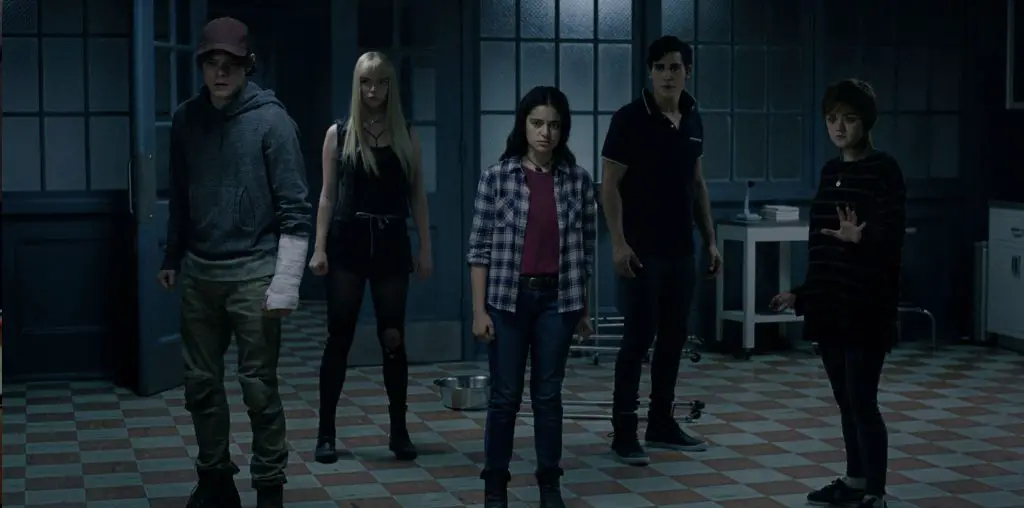
“Who am I? Why am I here?” These are the opening questions in this philosophically inclined essay film. “No Day No Night” explores the issues of identity and meaning through three prose poems, delivered in a smooth voice-over narration by Kevin Silva, sounding rather like the narrator of a menacing and confusing educational film. In one story a man named Martin moves to a strange city, following a lover who left him for no apparent reason. He tries to make friends there, but ends up deciding that he doesn’t actually like people, but still needs them all the same. In a second story, a woman travels frantically from city to city, in an apparent attempt to escape her overwhelming anger and to create a sense of disconnected meaninglessness, which fails. In a third story, told partly through dialogue, a man slowly realizes that he feels as if every single person within his line of sight is someone he has known intimately in the past. The final section sums up the idea: because we are all the same age (i.e. mortal, potentially one moment from death) the differences between people are an illusion. In fact, the multiplicity of surfaces and moments in life is an illusion obscuring an underlying unity.
The language of these prose poems is strange, poetic and well-written. (When Martin searches for companionship in a record shop, the shop is referred to as a “hoverpad of insecurity.”) Baeumler’s ear for language is precise and the writing is always surprising, pointed, and evocative.
The images which accompany this narration form a highly effective visual collage. Full of quick cuts, the multitude of rapidly alternating images sometimes directly illustrate the text, and sometimes comment on it in an ironic way. (When the narrator suggests that a person might be trying to “hide something,” we see an image of a person being brutally attacked.) Just as often, the images don’t particularly illustrate the text, but merely create a sense of rhythm and mood which highlight the feeling of uncanny menace in the film. Many of the images play with fast, shaking camera movements which create blurs of light. The constant interplay between narration and image, sometimes reinforcing each other, sometimes playing against each other, is a major source of interest and strength in the film.
Yet a third element in the film’s structure is the underlying music, mostly electronic, which skillfully underlines the feeling of obsession and disorientation in the story. Occasionally, all three elements fuse together into a remarkable musical whole, as in one sequence in which the man’s panic at his own experience of déjà vu rises to a crescendo, culminating in the sound of a bell, matched by the frantic images which suddenly come to stillness on an image of the moon. The complex, expressive and poetic counterpoint which Beaumler achieves by weaving together music, voice, and images is intricate, skillful and powerful.
My one quibble is that the last section sums up the film’s concerns perhaps too neatly, in a less poetic and surprising language than the other sections, as if, for once, it truly is a lecture by a philosophy professor who already knows all the answers, and is no longer the questing voice of one who is probing into a mystery. This lecturing tone damps down the power of the film a bit at the end.


